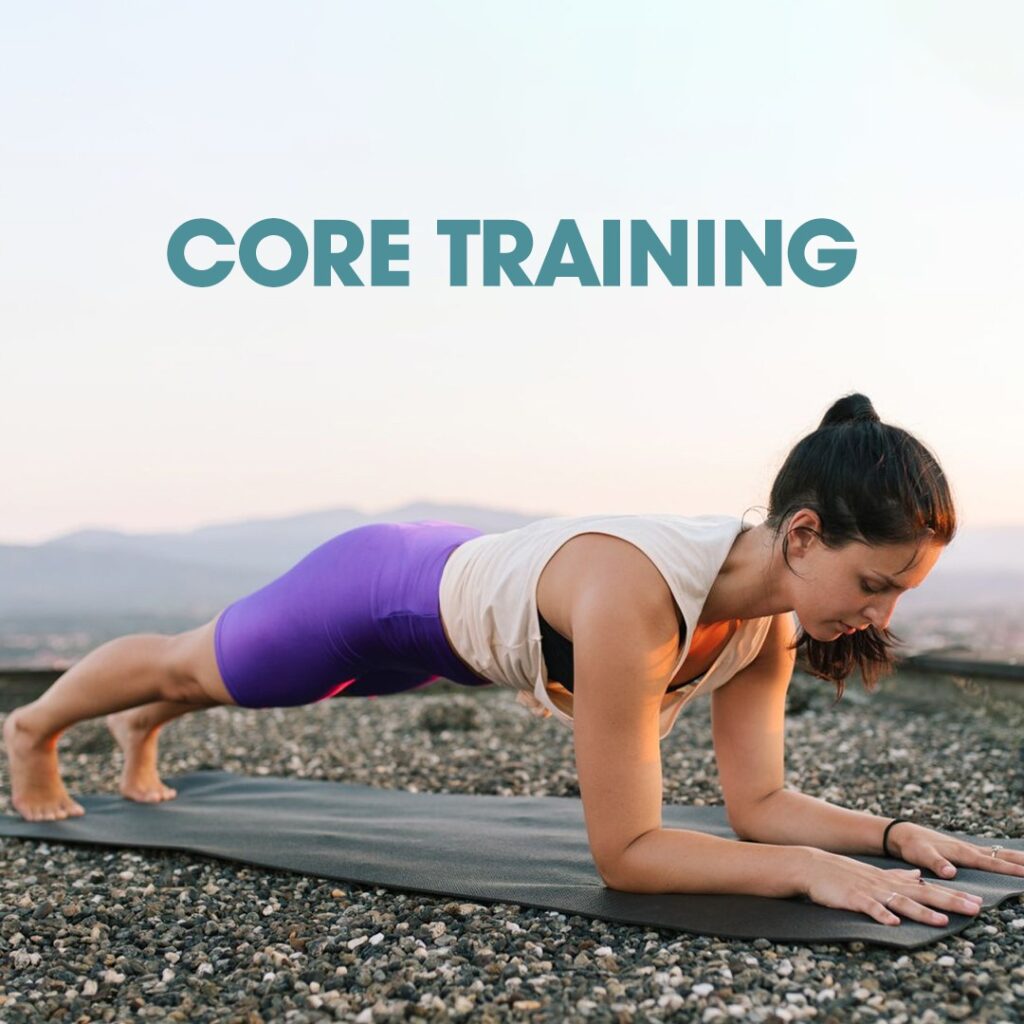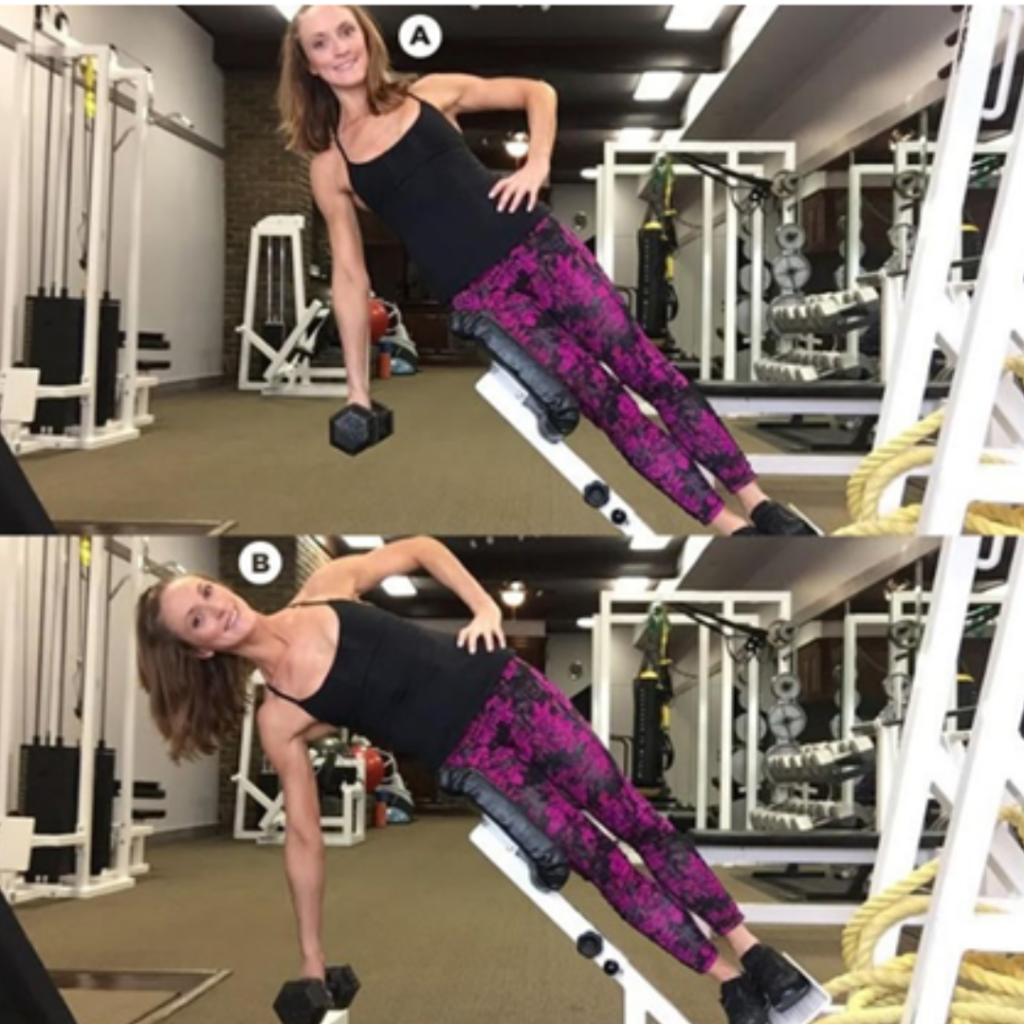No products in the cart.

Core training is a controversial topic over the social media with tons of misinformation. In this article we will explain the most optimal way to train your core, for strength and power.
Before moving on to the training protocols, first let’s clarify one thing, having visible six pack abs is not the same as having a strong and powerful core. In order to have visible six pack abs, you need 2 things:
- Having a lower body fat percentage
- You need to develop your abdominal muscles so that they are visible when you move to a lower body fat.
Losing your fat mostly depends upon your nutrition so we will not be focusing on the first part, we will talk about the second part, which is training the core.
Core training uses the same principles that are used for other muscles. You need to train your core with a good intensity and train close to failure in order to develop those muscles and this is exactly the one part that people forget when it comes to core training. When you train your chest, you pick up a decent weight, train through full range of motion and you train close to failure then rest for 1-3 minutes than again perform a set close to failure, but when it comes to core training people start with a 500 rep training plans or 15-minute ab workouts with no break. Abs should be trained just like any other muscle group, so take proper rest periods, train through a full range of motion and train close to failure. But what movements should we pick to train our core? There are so many exercises that we see over the social media and this creates confusion among people.
We can train our core in all 3 planes of motion.

We can first train our core in the sagittal plane, where you perform core flexion and extension. You will train your rectus abdominis with core flexion and lower back extensor muscles in core extension.
Weighted crunches, Garhammer Raise, GHD sit-ups are great exercises to train your core in the sagittal plane.

You can also perform leg raises to train your core in the sagittal plane but just performing leg raises will typically train your hip flexor muscles more than your core, so you would need to modify your leg raises a little bit. Try to flex your spine at the top end of range of motion to properly train your core.
To train your core in the transverse plane, you can add rotational movements to your program, this includes woodchop exercise, medicine ball throws. Medicine ball throws are great to improve your explosive power also.
For the frontal plane, side bends or dynamic side planks on a bench are a great option.

You can pick 1-2 exercises from each plane of motion depending upon your goals and needs and along with these add 1-2 isometric exercises also (example: hollow body hold, Weighted planks, etc.)
You do not have to do every exercise possible, just pick 1-3 movements per day and that is generally enough. Train your core in the same way as you train any other muscle group. Train with good intensity and use weights as per what your body allows.

Training frequency: 2-4 days per week
Training your core is important for athletic performance and keeping your spine strong.
A sample training plan would be:
Monday-
Weighted crunches- 3 sets of 10 – 15 reps
Leg Raises- 2 sets of 8-15 reps
Tuesday-
Medicine ball throws (transverse plane)- 3 sets of 5-10 reps
Side bends- 1 set of 8-15 reps
Thursday-
Weighted crunches- 2 sets of 10 – 15 reps
Elbow plank- 2-3 sets of 60 seconds hold (If 60 seconds feel easy then start adding some weight to it)
Saturday-
Medicine Ball throws- 3 sets of 5 – 10 reps.
You can train the extension movement on 1-2 days to train your lower back but those who are doing a lot of deadlifts are already training their lower back so not everyone needs it.
This is a sample plan and should be adjusted according to the client.
Fitness Matters courses!
Interactive sessions which are easy to learn and understand.







